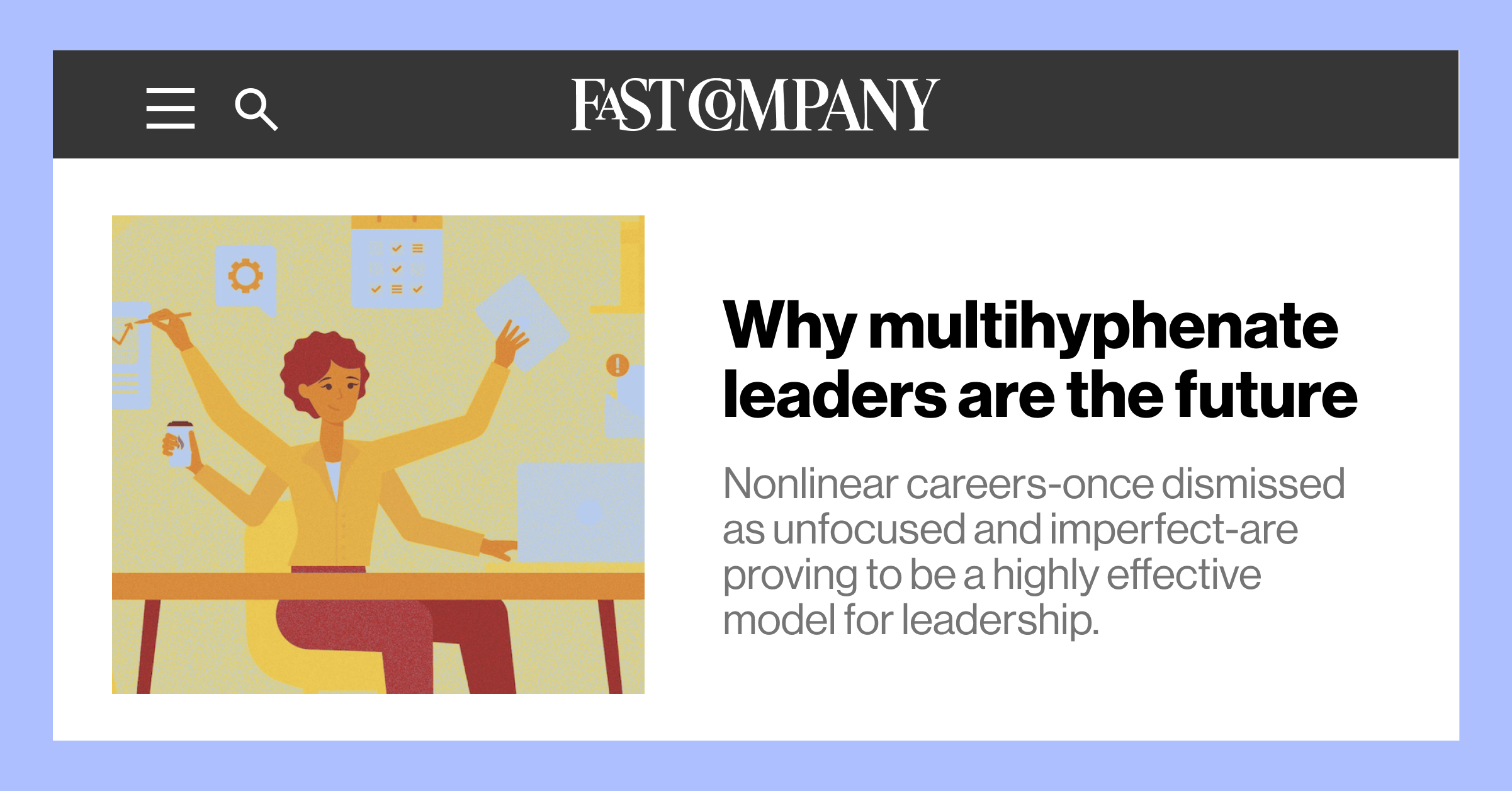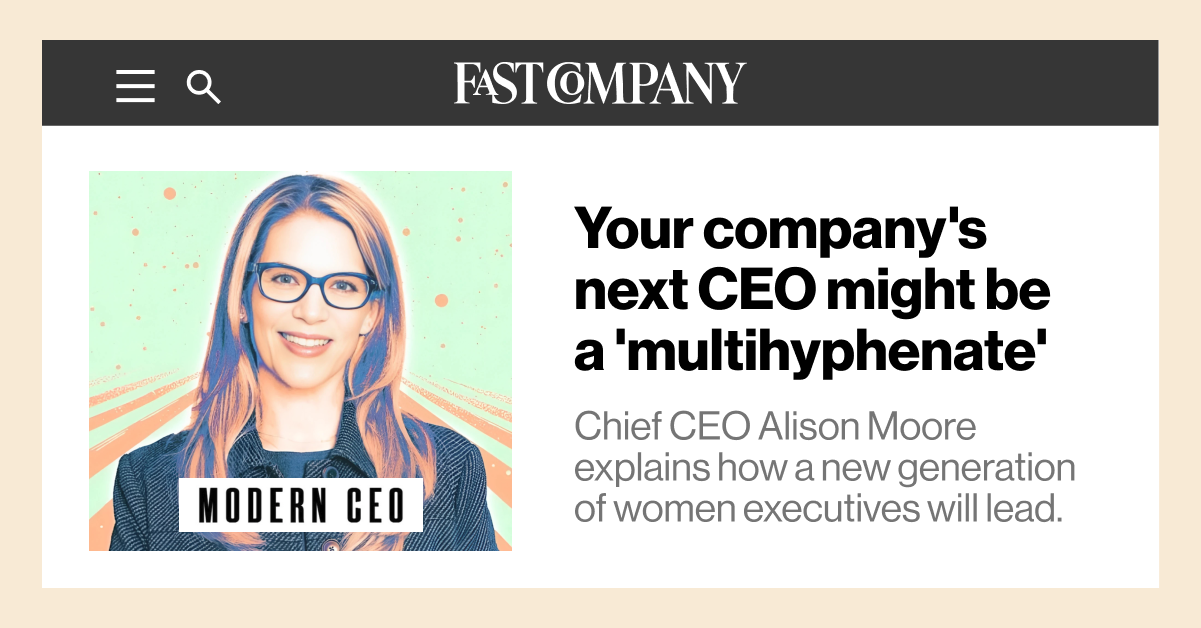Though Diversity, Equity and Inclusion (DEI) initiatives are not new (the term can be traced back to the mid-1960s when anti-discrimination legislation was first passed), the recent boom in DEI programs dovetails with the growth of social justice movements in the wake of the murder of George Floyd. Organizations responded with C-Suite level DEI roles and offered employee resource groups, making change seem imminent.
But intent doesn’t equal progress.
Recent research reflects a disappointing status quo, particularly when it comes to inclusion and accountability. According to Ethisphere’s 2023 Ethical Culture Report, only 50% of employees who witness misconduct such as bullying, harassment, and discrimination report it. That rate is even lower among Gen Z employees, who say they don’t speak up because they think action won’t be taken and they’re worried about retaliation.
Meaningful progress can’t happen without first creating ethical workplace cultures that value awareness and accountability.
“Equity is a muscle that you learn to flex across an organization,” says Juhu Thukral, Founder and Principal of Apsara Projects, a social impact consultancy. “People can just smell when there’s inauthenticity between what you say your culture is about, and how you behave [as an organization].”
Sertrice Grice, COO & Co-Owner of DEI consulting firm Mattingly Solutions, says that building ethical culture starts by actively practicing inclusion at three levels.
“Inclusion is what you do. It’s a verb. Every single person at an organization has the ability to perform inclusive behaviors, and it can be that one person doing one thing on one day that makes you stay — or not,” says Grice.
The first level is everyday inclusion, which includes micro-affirmations like getting names and pronouns correct, making eye contact, and acknowledging inappropriate behavior in the moment. The next level is inclusive leadership, which encompasses traits like transparency, humility, awareness of bias, curiosity about others, and vulnerability — all modeled by those at the top, explains Grice.
“When someone says something that’s disrespectful, leaders creating a moment of accountability, even if it’s just silence and checking in, can go a long way in creating an ethical culture,” adds Thukral.
Grice, who uses a data-driven approach to help companies strengthen DEI, notes that “a step gets missed” when companies have to take their data and implement the strategies they’ve developed. That’s where ethical mentorship can really come into play‚ which is the third level of inclusivity.
“At the pinnacle of that pyramid is allyship,” said Grice. “It’s a relationship. It’s partners working toward a shared goal that’s going to help you know people at an individual level. How can you support someone if you don’t know what their goals are and what their strengths are?”
Sometimes employees understand the ethical issues at play but have trouble speaking up. Other people have the confidence to report an issue, but they might not quite grasp the concepts, explains Grice. Ethical mentoring, which facilitates long-term growth and accountability through personal relationships, is critical in bridging these gaps. Through a mentor’s ethical guidance, employees can feel safe to have one-on-one discussions about moral issues that arise in the workplace, an approach that tends to be more effective than a hierarchical model of leadership.
Diversity Training Without Accountability Is Only Half the Battle
A culture of inclusion and accountability — or a lack thereof — can have a big impact on the bottom line. The most ethical companies financially outperform peers by 25%, and inclusive companies are 1.7 times more likely to be innovative, and get 2.3 times more cash flow per employee.
According to a 2015 survey from Deloitte, Millennials are 83% more likely to be engaged at inclusive companies, and 74% of Millennials believe their organization is more innovative when it has a culture of inclusion. “When people feel supported because individual managers are guiding their work with ethics in mind, they develop more resilience, compassion, and grace — and that’s what creates that commitment to work,” says Thukral.
Supporting inclusive leaders can mean investing in leadership training and coaching, says Thukral. “You rise up the ranks of your career based on your professional skills, and almost no one is taught to be a good manager.”
Investing in leadership training can trigger structural changes. Having a fair and transparent compensation structure, giving employees airtime within the organization, assigning them work they deserve, and providing access to the people in positions of power are ways to treat people with dignity and demonstrate the inclusivity and equity your organization espouses, adds Thukral.
Building an ethical culture also requires acknowledging the organization’s missteps and taking accountability for allowing toxic employees to thrive. Both Grice and Thukral agree it can be complex.
Thukral notes that people perceived as high-performing toxic employees who engage in bullying or corrosive behaviors may be doing so to maintain a facade and instill fear in others. “What I’ve found is that if you start digging under the surface, usually these so-called high-performers are not actually performing that well, [and meanwhile] you’ve got this whole other talent pool that’s had this foot on their neck.”
In some instances, leaders are reluctant to let go of toxic employees because they’re afraid of bad optics, explains Thukral. This is largely the case with longtime employees, who tend to possess internal capital within the organization or external capital with partners, clients, or the media. While separation may be difficult, gritting your teeth and maintaining the status quo doesn’t equal progress.
“You may have a ‘problem child’ that you’re so afraid to let go because they bring in great business. But does the business they bring in truly offset all that you’re losing from the people you’re pushing out the door?” asks Grice.
Let’s also not forget that hiring and onboarding backfills is costly. According to 2022 benchmark data from the Society for Human Resource Management (SHRM) the average cost of a new hire is $4,700. However, estimates from companies can reach as high as three to four times the new hire’s salary. For a person making $60,000 per year, that means hiring could cost a company $180,000.
“To say that DEI doesn’t affect your bottom line is naive at this point,” said Grice.
The fact that DEI mandates have yet to be fully realized should not be a cancellation of these initiatives, but rather a call to course correct. Shortcomings are a chance to acknowledge the inherent challenges in dismantling systems that are built on structural racism and inequality — and a stark reminder that real change is driven by building relationships and taking action, not checking boxes.
In the wake of record-breaking layoffs and a staggering bank failure, it's crucial to remember that during economic downturns, women and people of color are most vulnerable to layoffs, particularly in the tech sector. As many leaders grapple with these cost-cutting decisions, now’s the time to consider systemic and personal bias by critically analyzing and questioning the ethics at every turn.



